Environmentalists have repeatedly pressed regulators to compel oil and gas companies to report what chemicals they use in the drilling and fracking process. Drilling companies add these chemicals to perform particular functions (for example, to prevent corrosion or give the fluid the right consistency), or leave them in because they're too expensive to remove. According to a 2011 congressional report, many of the chemicals used can pose a serious health risk. No one knows the exact makeup of the frack mixture, drilling muds and other stuff used at well sites (which change from well to well), but this list breaks down the main ingredients revealed so far. Click on the chemical name for more detailed information.

|
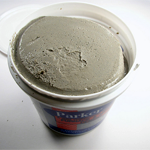
|
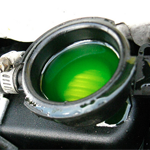
|
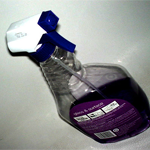
|

|
| Water |  Crystalline silica Crystalline silica |
Methanol | Isopropanol | Hydrotreated light distillate |
|
Water makes up 98% to 99.5% of fracking fluid. |
Found in concrete, brick mortar and construction sands. Dust is harmful if inhaled repeatedly over a long period of time and can lead to silicosis or cancer. |
Found in antifreeze, paint solvent and vehicle fuel. Vapors can cause eye irritation, headache and fatigue, and in high enough doses can be fatal. Swallowing may cause eye damage or death. |
Found in glass cleaners, antiperspirant, cosmetics, perfumes and soaps. Vapors can cause irritation of the eyes and the upper respiratory tract. Ingestion causes drunkenness and vomiting. |
Found in the fuel for the US Air Force's U-2 Aircraft. In acute cases can cause skin and eye irritation, headache and dizziness. Long term exposure can damage liver, kidneys or blood. |
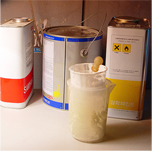
|
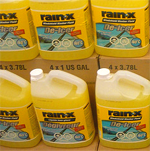
|
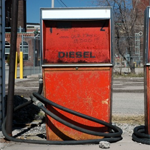
|
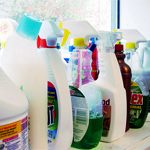
|

|
| 2-Butoxyethanol | Ethylene glycol |  Diesel Diesel |
Sodium hydroxide (lye) |  Naphthalene Naphthalene |
|
Found in paints and varnish. Vapors irritate the eyes and nose. Ingestion or skin contact can cause headache, nausea, vomiting and dizziness. |
Found in de-icing agents, automotive antifreeze, household cleaners. Ingestion causes stupor or coma and can lead to fatal kidney injury. |
Found in fuel oil. Contact with skin may cause redness, itching, burning, severe skin damage and cancer. |
Found in drain cleaner, manufacturing products. Dust may cause damage to lungs. Exposure to solid or liquid forms can severely burn the eyes, skin and mucous membranes, or lead to death. |
Found in mothballs. Inhalation can cause respiratory tract irritation, nausea, vomiting, abdominal pain, fever or death. |
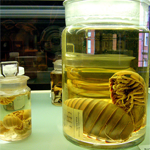
|

|

|

|
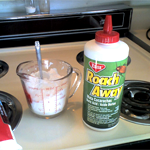
|
 Formaldehyde Formaldehyde |
 Sulfuric acid Sulfuric acid |
 Benzene Benzene |
 Lead Lead |
Boric acid |
|
Found in embalming agent for human or animal remains. Ingestion of even one ounce of liquid can cause death. Exposure over a long period of time can cause lung damage and reproductive problems in women. |
Found in lead-acid batteries for cars. Corrosive to all body tissues. Inhalation may cause serious lung damage and contact with eyes can lead to a total loss of vision. The lethal dose is between 1 teaspoonful and one-half ounce. It has been classified as a probable carcinogen. |
Found in gasoline. Long time exposure can cause cancer, bone marrow failure, or leukemia. Short term effects include dizziness, weakness, headache, breathlessness, chest constriction, nausea, and vomiting. |
Found in paint, building construction materials and roofing joints. Can damage the nervous system and lead to brain and blood disorders. Lead poisoning typically results from ingestion of contaminated food or water. |
Found in insecticides, antiseptics, flame retardants. Poisonous if taken internally or inhaled in large quantities. Long term exposure can cause kidney damage and eventual kidney failure. |
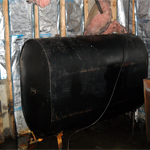
|

|

|

|

|
| Fuel oil #2 | Kerosene | Hydrofluoric acid | Hydrochloric acid | Formic acid |
|
Found in heating oil. Harmful if swallowed. May cause dizziness, drowsiness, eye and skin irritation. Long-term exposure may cause skin cancer. |
Found in jet and rocket fuel. Vapor can cause irritation of the eyes and nose, and ingestion can be fatal. Chronic exposure may cause drowsiness, convulsions, coma or death |
Found in rust removers, aluminum brighteners and heavy duty cleaners. Fumes are highly irritating, corrosive, and poisonous. Repeated ingestion over time can lead to hardening of the bones, and contact with liquid can produce severe burns. A lethal dose is 1.5 grams. |
Used in the treatment of steel, found in household cleaners and stomach acid. Corrosive to tissues and will irritate eyes. Inhaling fumes can be dangerous and lead to respiratory problems. Prolonged exposures will result in death. |
Used for tanning leather, as a preservatives for livestock feed, and in toilet bowl cleaner. Liquid causes skin and eye burns. Inhaling vapors can be irritating and painful, and may cause nausea and vomiting. |

|

|

|
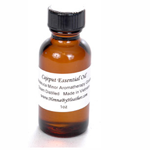
|

|
| Instant coffee | Paraffin wax | Walnut hulls | Essential oils | Tallow soap |
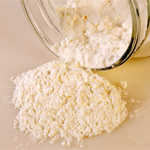
|
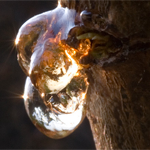
|

|

|

|
| Starch | Resin | Coconut fatty acid | Pine oil | Guar gum |
Sources: Department of Energy, TEDX, House Committee on Energy and Commerce, FracFocus
Images: Flickr: Allan Foster, Windell Oskay, EvelynGiggles, Je Kemp, Jack Snell, hojun song, Anthony Easton, Francis Mariani, Brittney Bush Bollay, C Jill Reed, Linden Tea, Andy Armstrong, Bruno Furnari, Tim Patterson, Massachusetts Dept. of Environmental Protection, Greg Bishop, David Hawkins-Weeks, Kristin Kokkersvold, Nic McPhee, chrisplymouth, Bc. Jan Kaláb, Bill Rhodes, Henna by Heather, Marilyn Sherman, Artizone, Francesco Lodolo, Srinayan Puppala, anemoneprojectors, stu_spivack, and Wikimedia Commons: Thester11
Clarification: Readers have pointed out that sulfuric acid is not a definite human carcinogen. We've listed it as a probable carcinogen because according to the International Agency for Research on Cancer, "occupational exposure to strong inorganic acid mists containing sulfuric acid is carcinogenic to humans."


